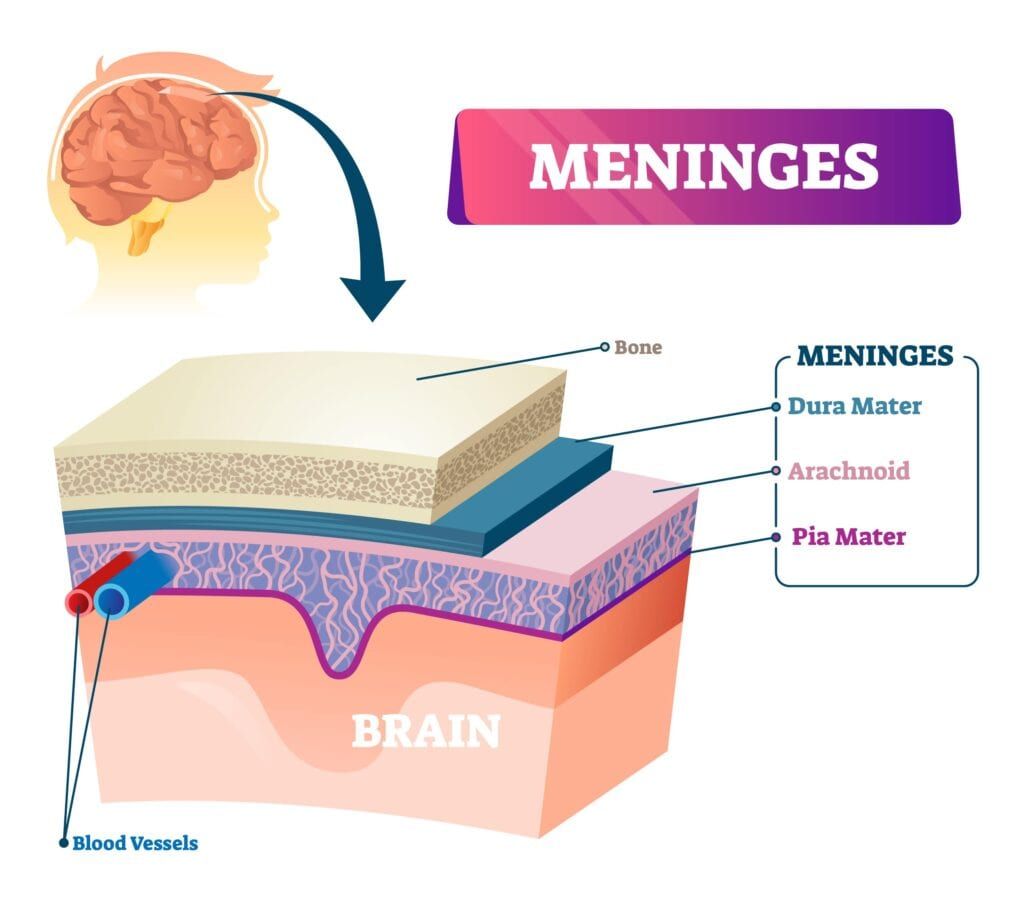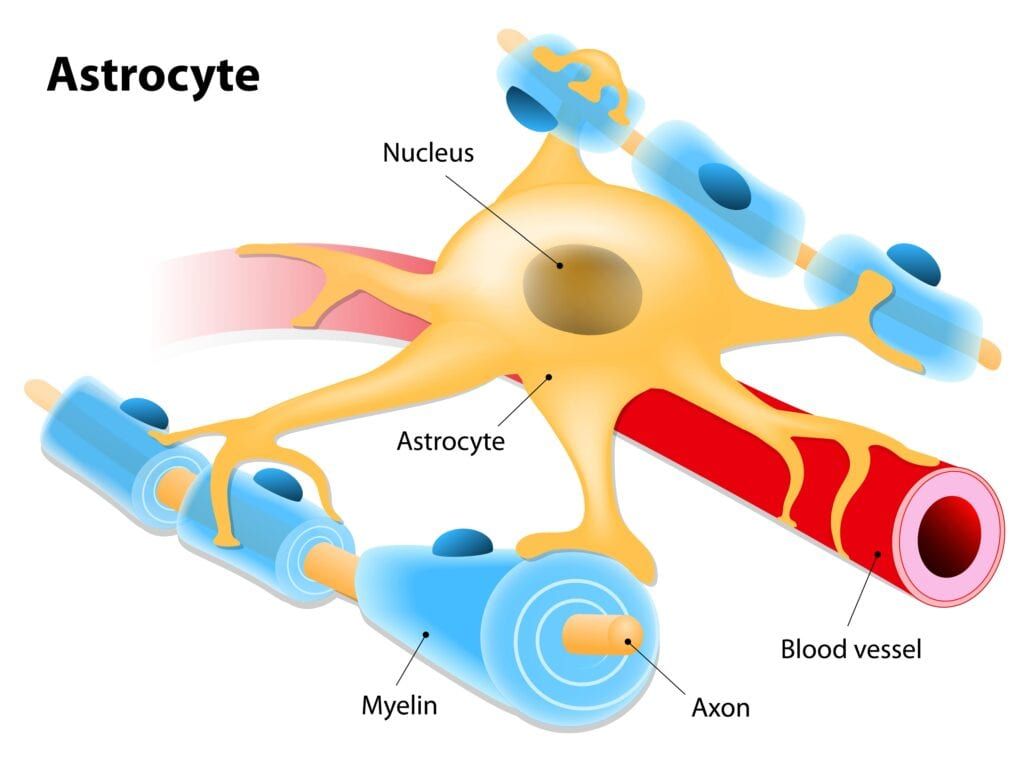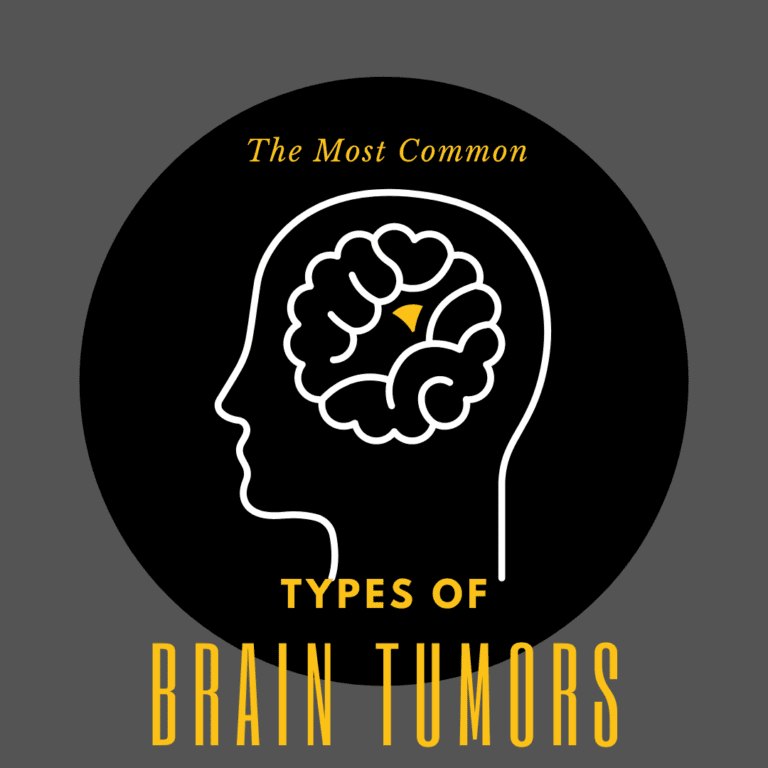Did you know that there are approximately 130 different types of brain tumors? A brain tumor is a collection of abnormal cells that accumulate in the brain. Brain tumors can be cancerous or non-cancerous, however both types can be potentially damaging to the brain. This is because the brain is contained within the skull, meaning that any growth of cells within the brain can cause an increase in skull pressure, which can impede normal brain function.
According to the American Brain Tumor Association, brain tumors can affect people of all ages, genders, and ethnicities. The association also notes that around 700,000 Americans are currently living with a brain tumor, while it estimated that an additional 84,000 Americans will be diagnosed with a brain tumor in 2021. Although these numbers equate to less than one percent of the population, many people are still concerned about the possibility of developing a brain tumor. In the case that a brain tumor does develop, there are certain tumors that are more common than others.
For starters, most brain tumors are not cancerous and cancerous brain tumors only make up less than one-third of all brain tumors. Brain tumors can also be primary or secondary. A primary brain tumor is one that originates in the brain and can develop from brain cells, the membranes surrounding the brain (meninges), nerve cells, or glands. Primary tumors can be cancerous or non-cancerous. Secondary brain tumors, on the other hand, are always cancerous and occur when cancer from another part of the body spreads to the brain. The most common cancers that can cause a secondary brain tumor include lung, breast, kidney, and skin cancer.
Tumors are also “graded”, meaning that they are classified by the type of abnormal cells they contain. Tumor grades are based on either the highest amount or most malignant type of cells.The World Health Organization has assigned the following tumor grades:
Grade I: The least malignant tumors. They have an almost normal appearance under a microscope, grow slowly, and are associated with long-term survival.
Grade II: These tumors are slightly abnormal under a microscope, grow slowly, and can spread into nearby tissue. In some cases, they can also cause a higher grade tumor.
Grade III: These tumors also look slightly abnormal under a microscope and grow slowly, however they contain malignant cells that are actively reproducing and spreading into nearby tissues. They can also recur as grade IV tumors.
Grade IV: The most malignant tumor. These tumors reproduce rapidly, have a bizarre appearance under the microscope, easily grow into nearby healthy tissue, and form their own blood vessels.
Now that we know a little more about how brain tumors are characterized, let’s take a look at the most common brain tumors:
Metastatic
Metastatic brain tumors are the most common type of brain tumor in adults. They are a secondary tumor that develops from cancer. While any type of cancer can potentially metastasize to the brain, lung, skin, and breast cancer are commonly known to result in brain tumors. There can be a variety of symptoms depending on the size and location of the tumor, including: increased intracranial pressure, headache, vomiting, seizures, focal neurological symptoms, or alterations in consciousness. Since metastatic tumors are caused by cancer, their treatment requires management of the primary cancer, as well as the tumor. Metastatic tumors generally occur in adults and affect men and women equally.

Meningioma
Meningiomas are tumors that develop outside of the brain within the meninges that line the skull and spinal cord. They can grow outward towards the skull or inward towards the brain or spinal cord. Most meningioma tumors are benign and may only require removal if they are causing symptoms. These tumors generally grow at a slow rate, meaning that symptoms usually develop gradually. Depending on their location, meningiomas can cause headaches, weakness in the arms or legs, memory loss, seizures, and/or vision or hearing impairment. Meningiomas are rarely found in children, however are twice as likely to develop in middle aged women.
Glioblastoma
The third most common type of brain tumor are glioblastomas, which are primary brain tumors that are cancerous. They are generally located within the cerebral hemispheres of the brain, but can occur anywhere in the brain. Many glioblastomas start as grade IV, meaning that the abnormal cells reproduce rapidly, have an abnormal shape, and can easily grow into surrounding healthy tissue. Glioblastomas are extremely aggressive because they form their own blood vessels to maintain rapid growth. Symptoms of glioblastoma often develop suddenly and are usually related to increased brain pressure. Such symptoms can include nausea, vomiting, and severe headaches that are the worst in the morning. Neurological symptoms and seizures are also common symptoms of glioblastomas. Glioblastomas are slightly more prevalent in men than in women.
Astrocytoma

Astrocytes are star-shaped cells located in the cerebrum. Astrocytomas are primary tumors that occur within these cells, although the tumor itself can affect any part of the brain. They can occur as a grade I, grade II, grade III, or grade IV tumor. In children, astrocytomas are usually grade I or II and generally tend to grow slowly, while in adults they tend to be grade III or IV and grow faster. Astrocytomas can cause symptoms such as behavioral changes, seizures, memory loss, and headaches. Additional symptoms may also occur, depending on the size and location of the tumor. Pilocytic astrocytoma is primarily seen in children and young adults, while all other types of astrocytomas are more likely to affect males over the age of 45.

Dr. Kashouty, a diplomate of the American Board of Psychiatry and Neurology (ABPN), practices general neurology with fellowship trained specialization in clinical neurophysiology. Dr. Kashouty finds the form and function of the nerves and muscles the most interesting part of neurology, which is what led him to specialize in neurophysiology with more emphasis on neuromuscular conditions. He treats all neurological diseases, but his main focus is to treat and manage headaches, movement disorders and neuromuscular diseases.




